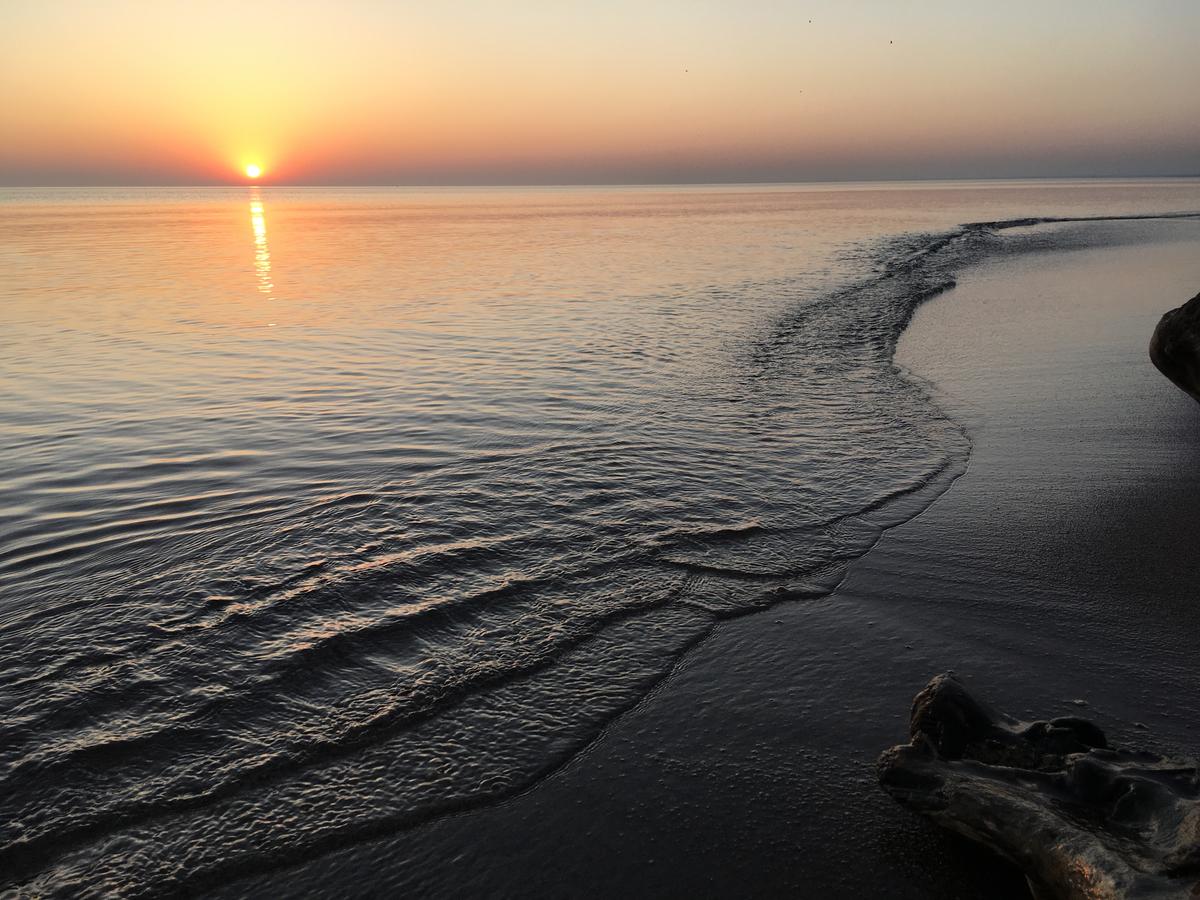
Image credit: MNSG.
Dissolved organic material (DOM) and particles transported by water flow from the surrounding landscape, such as stormwater, can be transformed by sunlight in the surface waters of Lake Superior. These transformations can release soluble reactive phosphorus (SRP) and ammonia, which add to the inorganic materials already delivered by runoff and may be a factor in cyanobacterial blooms that occur along the Lake Superior shoreline.
This project will provide useful information for resource managers on how to best target sediment and/or DOM, while communicating results to the public through outreach opportunities and K-12 learning modules.
Funding
Support for this project is provided by Minnesota Sea Grant’s 2024-2026 Biennial Request for Proposal program. Every two years MNSG awards approximately $2 million in research grants through a rigorous, competitive, peer-reviewed process. Researchers based in Minnesota, who are not federal employees, are invited to apply. Grant awards average about $45,000 per year for two years, plus a graduate research associate whose cost does not count against the project budget.
Project team
Project Manager:
Elizabeth Minor
eminor@d.umn.edu
Professor, Large Lakes Observatory and Department of Chemistry and
Biochemistry
University of Minnesota Duluth
Why Sea Grant?
This project supports three of Minnesota Sea Grant's focus areas: Healthy Coastal Ecosystems, Resilient Communities and Economies and Environmental Literacy and Workforce Development.
By exploring previously unknown relationships between materials delivered to Lake Superior from runoff and understanding how this may impact nearshore algal growth, this research will inform resource managers how to best target and control storm-related inputs. Additionally, this project will provide research opportunities for both undergraduate and graduate students, while also creating outreach opportunities for the public and learning modules for K-12 education.
Lead scientist(s)
Elizabeth Minor
eminor@d.umn.edu
Professor, Large Lakes Observatory and Department of Chemistry and
Biochemistry
University of Minnesota Duluth